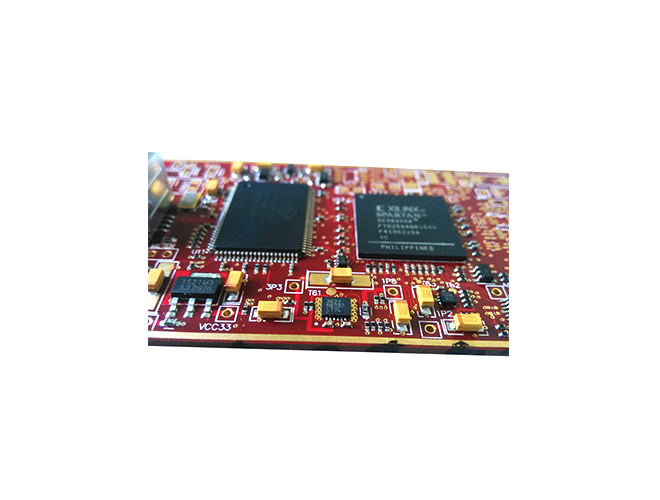-
CN
-
Service Hotline
+8618129931046 Mr. Liao


Time:2025-04-22 Views:1

In the production of printed circuit board assemblies (PCBA), ensuring the quality of solder joints is crucial for the reliability of the final product. X - Ray inspection has become an indispensable technique for detecting hidden defects in solder joints.
X - Ray inspection works by passing X - rays through the PCBA board. Different materials, such as solder, components, and the PCB substrate, absorb X - rays to varying degrees. The resulting X - ray image, either in 2D or 3D depending on the inspection system, shows the internal structure of the solder joints. This allows inspectors to identify defects that are not visible from the surface.
One common type of defect detected by X - Ray inspection is a void in the solder joint. Voids can weaken the mechanical strength of the joint and may lead to electrical failures over time. X - Ray images clearly show the presence and size of voids within the solder joint. Another defect that can be easily identified is a cold solder joint. A cold solder joint occurs when the solder has not properly melted and adhered to the components and the PCB. X - Ray inspection can reveal the irregularities in the solder joint's shape and the lack of proper wetting.
For through - hole components, X - Ray inspection can verify that the solder has filled the holes completely and has formed a good connection. In the case of surface - mount components, it can check for solder bridging between adjacent pads, which can cause short circuits.
There are different types of X - Ray inspection systems used for PCBA board solder joint inspection. 2D X - Ray systems provide a basic view of the solder joints from a single angle. However, 3D X - Ray systems, also known as computed tomography (CT) X - Ray systems, offer a more comprehensive view. They can create cross - sectional images of the solder joints from multiple angles, providing a more detailed and accurate analysis of the internal structure.
In conclusion, X - Ray inspection is a powerful tool for ensuring the quality of PCBA board solder joints. Its ability to detect hidden defects makes it an essential part of the quality control process in electronics manufacturing.